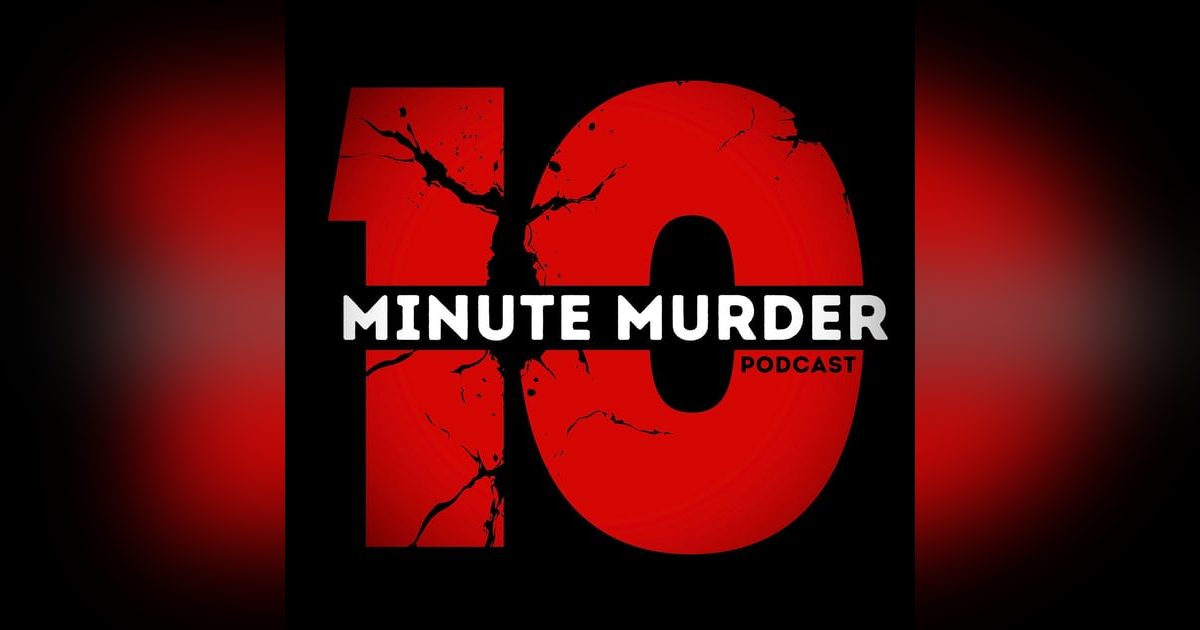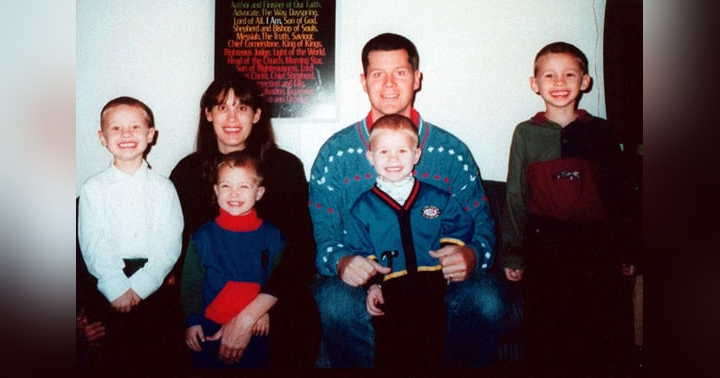The Murderer Who Wanted a Race War: Dylann Roof’s Delusions Exposed

The Making of a Killer: Dylann Roof’s Path to Violence
“Well, someone has to have the bravery to take it to the real world, and I guess that has to be me.”
At first glance, it sounds like something you’d find on an inspirational poster—maybe next to a stock photo of a guy standing on a mountaintop, gazing into the distance. But context is everything, and in this case, that context is about as dark as it gets. The person who wrote this wasn’t striving for self-improvement or trying to make the world a better place. He had a mission, and it was one steeped in hate.
A Broken Home and a Volatile Father
Dylann Roof was born in 1994 to Franklin Bennett Roof, a carpenter, and Amelia Cowles, who had already split up by the time he entered the picture. They briefly attempted a reunion when Amelia found out she was pregnant, but whatever hope existed crumbled soon after. Franklin and Amelia separated again, and Dylann ended up in his father’s care—though “care” might be an overstatement.
Franklin was not exactly Father of the Year. He was absent more often than not, and when he was around, he wasn’t winning any parenting awards. After remarrying a woman named Paige Mann, he largely outsourced child-rearing responsibilities to her. Paige did her best, but there was a major roadblock: Franklin himself. The lesson he drilled into Dylann over the years wasn’t one of patience or resilience—it was violence.
For a decade, Dylann watched his father verbally and physically abuse Paige. That kind of behavior has a way of imprinting itself onto a kid, and in this case, the lesson was clear: when people upset you, you respond with force.
A Troubled Childhood and Isolation
Dylann wasn’t exactly an easy kid to be around. He acted out, developed obsessive-compulsive tendencies, and refused to cut his hair in any way other than a rigidly specific bowl cut. He was the kind of child who didn’t adapt to the world—he expected the world to adapt to him. That kind of rigidity, mixed with growing anger and mental health struggles, made it difficult for him to maintain friendships or even function in a structured environment.
Between elementary and high school, Dylann cycled through seven different schools before giving up entirely in 2010. His family situation didn’t help matters. Franklin and Paige divorced, and with no stable home base, Dylann bounced between his father’s and mother’s houses, neither of which offered much in the way of stability. When things got too tense, he’d crash at friends’ houses instead, avoiding the conflict altogether.
Without school to keep him occupied, his days were filled with alcohol, drugs, video games, and endless hours on the internet. He briefly worked as a landscaper, but only because Franklin forced him to get a job. That, predictably, didn’t last long.
Cutting Ties and Losing His Grip
By the time Paige was out of his life for good, Dylann wasn’t maintaining connections with anyone. He ignored his own sister’s wedding invitation, severing yet another tie to any semblance of normalcy. His isolation deepened, and when people detach from reality like that, it rarely leads anywhere good. By early 2015, Dylann Roof wasn’t just isolated—he was unraveling in plain sight.
From Arrests to Radicalization: The Escalation of Dylann Roof
A String of Red Flags That No One Stopped
In February 2015, security guards at a mall in Columbiana spotted him dressed in all black, wandering around like an uninvited funeral guest and making employees deeply uncomfortable with his bizarre questions. Security called the police, who searched him and found illegal drugs. The result? A misdemeanor charge and a year-long ban from the mall.
A month later, police spotted him loitering suspiciously in a Columbia parking lot. When they searched his car, they found a grip for an AR-15 rifle. Dylann, never one to play it cool, freely admitted that he planned to buy an AR-15—he just didn’t have the money yet. That problem wouldn’t last long.
On his next birthday, he had the funds he needed. And thanks to a failure in the FBI’s background check system, he was able to walk out of a gun store with a weapon that he fully intended to use.
The Descent Into Hate
By the time Dylann was arrested again for trespassing at the very mall he’d been banned from just months before, law enforcement had yet to put the pieces together. He was let go without further questioning.
Meanwhile, those who still had any contact with him noticed something alarming: his worldview was shifting fast, and not in a good way.
It started when he became fixated on the 2015 shooting of Trayvon Martin. But instead of feeling empathy for the unarmed 17-year-old, he saw something entirely different: evidence that the country was in the midst of a so-called race war.
“I read the Wikipedia article,” he later wrote. “And right away, I was unable to understand what the big deal was. … This prompted me to type the words ‘black on white crime’ into Google, and I have never been the same since that day.”
From there, his rhetoric became increasingly hateful and delusional. He openly claimed that “Blacks were taking over the world,” ignoring the irony that some of his last remaining friends were Black. On Facebook, he posted images of himself wearing white supremacist symbols and openly called for a return to racial segregation.
Dylann wasn’t just talking. He was planning.
A Massacre at Emanuel AME
On June 17, 2015—just six months after his first arrest—a young man walked into Emanuel African Methodist Episcopal Church in Charleston, South Carolina. Inside, a group of congregants had gathered for Bible study. Moments later, gunfire erupted.
Nine people were murdered.
The shooter fled, but not before multiple witnesses got a clear look at him—and his very distinct bowl haircut.
The Manhunt Ends in a Parking Lot
The next morning, a motorist spotted a young man with that unmistakable haircut driving a car with a Confederate State of America bumper sticker. Something about the whole scene screamed bad news, so she called the police. Then, in a move that undoubtedly saved lives, she followed him, making sure he couldn’t disappear before officers arrived.
When the suspect was taken into custody, there was no mystery about who he was or what he had done. Dylann Roof confessed immediately, with no remorse. His only regret? That he had to target that specific church because the people inside had been so welcoming.
The Manifesto of a Murderer
Dylann Roof had left a digital paper trail that made his beliefs painfully clear. On his personal website, he had posted images of himself brandishing weapons, posing with the Confederate battle flag, and flashing neo-Nazi symbols. Other posts showed him burning an American flag and visiting locations tied to the history of slavery.
His writings made his intent even clearer.
“I have no choice,” he wrote. “I am not in the position to, alone, go into the ghetto and fight. I chose Charleston because it is (the) most historic city in my state, and at one time had the highest ratio of black to whites in the country. We have no skinheads, no real KKK, no one doing anything but talking on the internet. Well, someone has to have the bravery to take it to the real world, and I guess that has to be me.”
There was no doubt about his motivation, no question about his intent. Dylann Roof wasn’t just consuming extremist propaganda—he was acting on it. And the consequences were devastating.
A Historic Prosecution
With his confession already on record—backed up by overwhelming digital and physical evidence—prosecutors wasted no time. Dylann Roof was charged with nine counts of first-degree murder. But this wasn’t just another high-profile criminal case. It was historic.
For the first time in U.S. history, both state and federal prosecutors pursued the death penalty simultaneously.
The Trial and Sentencing
Roof and his defense team attempted to argue that his mental health should be taken into account. The claim was that his psychological state should lessen his punishment. But there was no mitigating the sheer weight of what he had done.
The state charges were straightforward—he pled guilty to avoid the death penalty. But the federal case was another story. A jury found him guilty, and the recommendation was swift: execution. The judge agreed.
Dylann Roof now sits on death row, awaiting execution, spending his days filing appeals. But no amount of legal maneuvering can undo the reality of his crimes or the impact of his actions. His own words condemned him, long before the court did.




